Utilize IoT technologies to enhance the tea manufacturing process' quality
Tea is quickly overtaking water as the preferred beverage. Around the world, more than 10 million people depend on tea for their livelihood. Tea comes in several flavors, but black tea is the most widely consumed, making up more than 78 percent of all tea consumption worldwide.
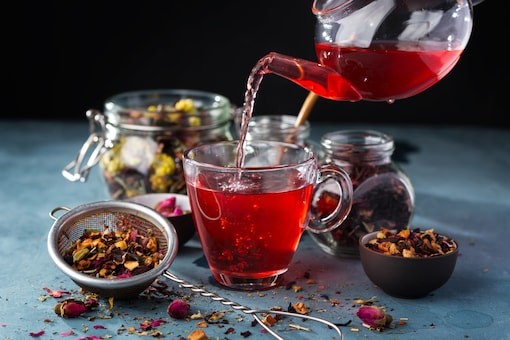
The tea is first brewed and then withered. The thick, yet pliable leaf has lost around 30% of its dampness in this location. There are two methods.
1) Natural withering, in which the leaves are spread out on laths covered with jute, wire, or nylon nets. The amount of humidity in the leaves and the weather affect how quickly the leaves wither. It could take between 14 and 18 hours.
2) Modern withering is done in large, wire-grid-covered troughs that are 25 to 30 meters long and are aired by powerful ventilators. These can also be utilized to reheat the leaves, cutting the withering time if necessary to 8–12 hours.
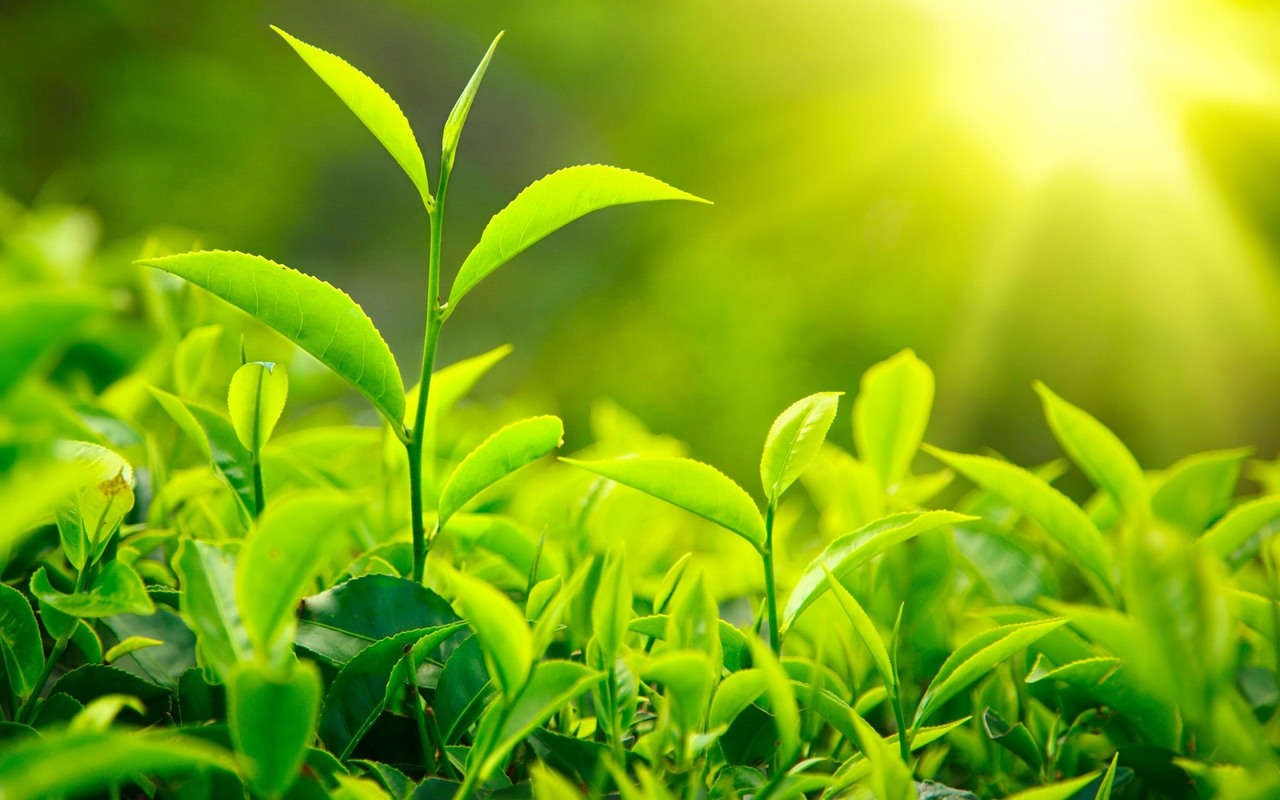
Orthodox Approach
Using press spindles or rollers, the still-green leaves are split open, and the released cell fluid reacts with the oxygen in the air (replicating the oxidation of biting an apple). These stages are carried out three times, each taking 30 minutes. The increasingly dark green, wet, bumpy leaves are spread using a shaking or sieve machine.
CTC - Method (also known as the Crushing, Tearing, and Curling acronym
After rolling the leaves for 30 minutes, they are torn in custom-made thorn drums. The stems and leaf ribs are separated as much as possible, and only the ripped "meat" of the leaves is processed further. The yields from this straightforward operation are significantly higher than those from conventional manufacturing techniques. Due to the significant domestic demand, 50% of all processing is now done in India using this technique.The fermentation process comes in third. The fermentation and oxidation processes are started by rolling. Depending on the quality of the leaves, the mechanical part is rolling a sheet of macerated leaves 5-8 cm thick out for 45 minutes to 3 hours. A particular room with a temperature of 40°C is used, and the leaves are laid out on broad boards in layers that are 10-15 cm thick and sprayed with water for two to three hours. Humidifiers or cool air are used to regulate the temperature, which ranges from 24°C to 27°C.
The outcome is that the leaf develops a copper-red to brown tint and starts to emit its distinctive aroma, which may be tasted after the tea has been brewed. Proper fermentation is essential for the best possible quality of the tea.
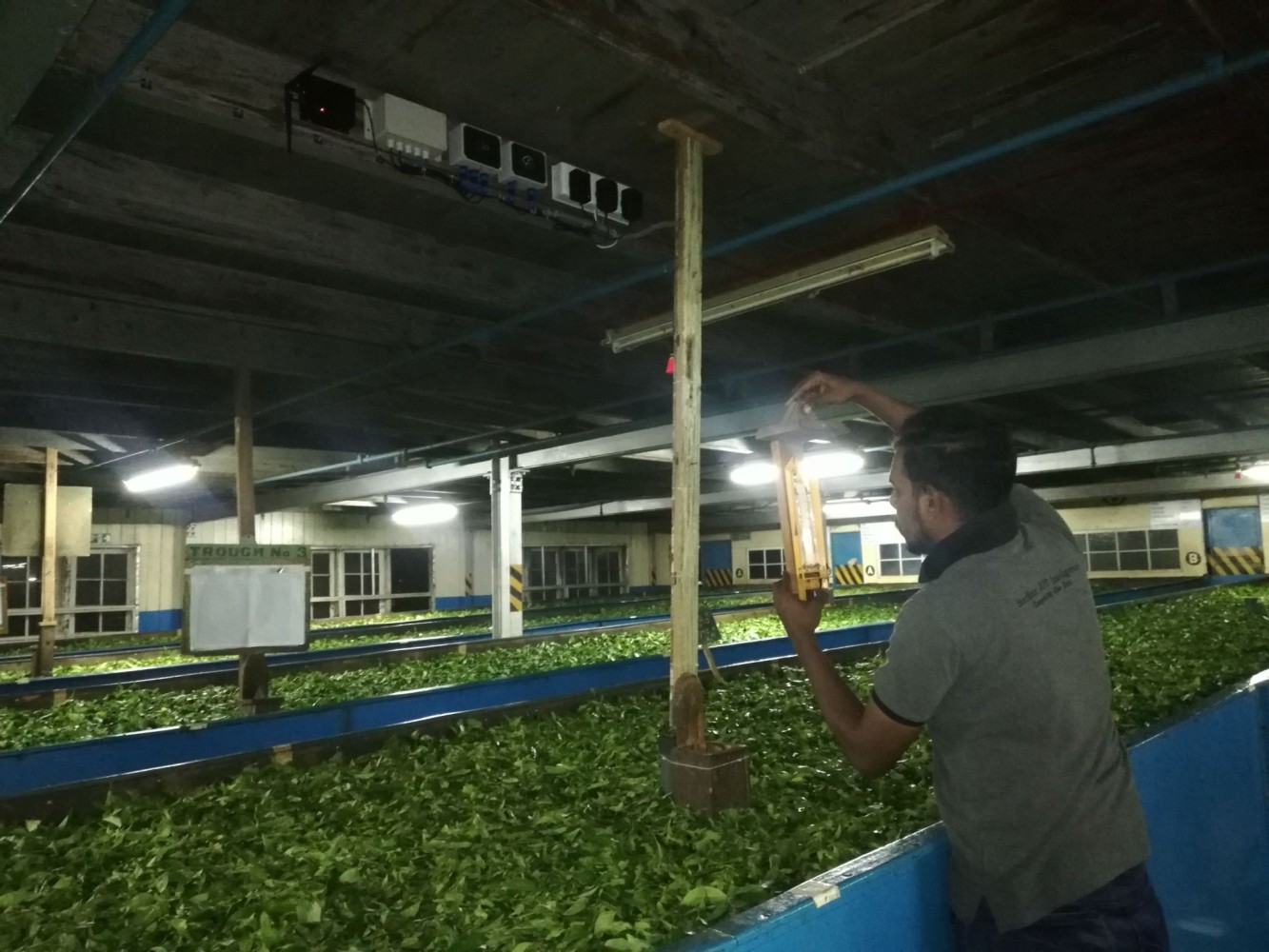
The tea is put through the drying process after the fermenting phase. It takes 20 minutes for the drying process to be finished. During the height of the fermentation, the leaves are transported through so-called tiered dryers on metal conveyor belts. For around 20 minutes, the tea is dried in hot air at 80–90°C, which causes the cell fluid to stick to the leaves and gives the tea its dark brown–black color. The leaves' final humidity ranges from 5 to 6 percent. IoT is now widely used in almost everything.
The main goals of withering are to lessen the leaf's moisture content and to soften it. Hot air blowers are used to heat the tea leaves and remove the moisture after they are spread out on a sizable tray made of wire mesh. Temperature and humidity affect withering duration, which can last anywhere between 18 and 24 hours. The leaf is now limp and has changed from light green to a darker hue. Certain biochemical and physiological changes brought about by withering help the rolling and fermenting processes, which determine the ultimate tea quality.
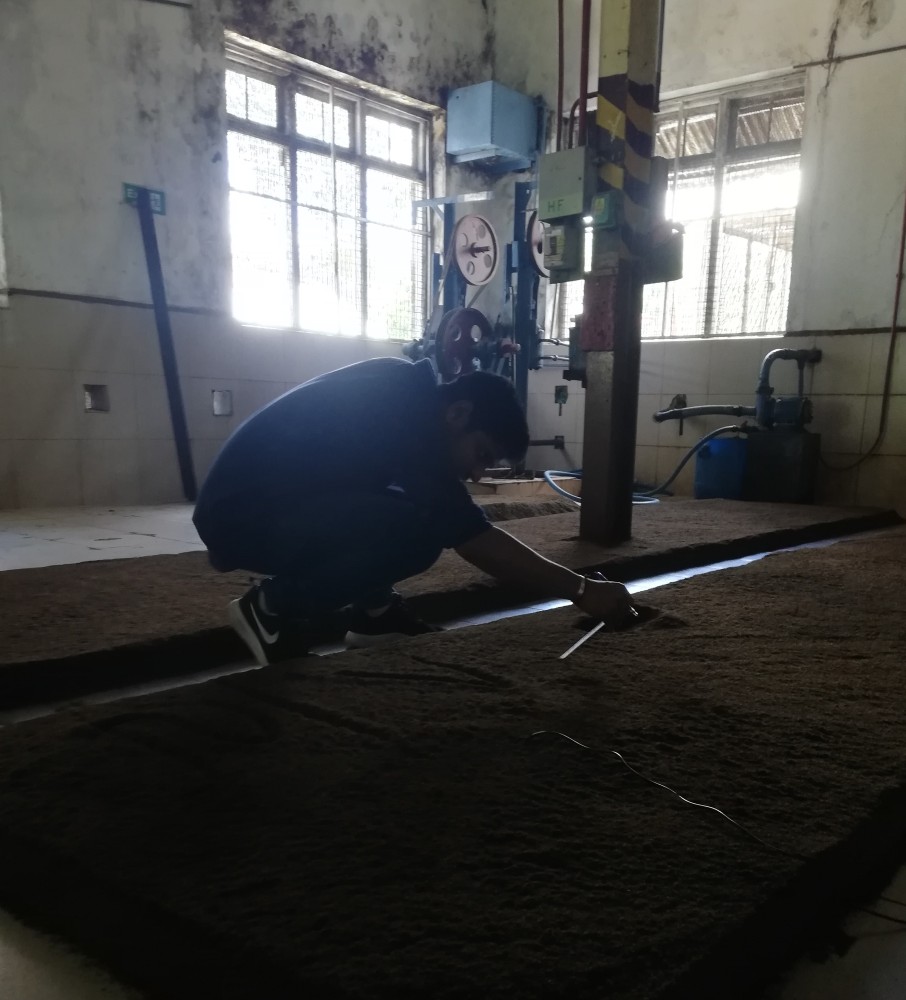
Here, IoT assists in ensuring the quality of the tea by monitoring the temperature and humidity in real-time. According to reports, withering tea for a short time (12 hours) at a low temperature (10°C–15°C) results in well-flavored tea as opposed to withering tea for a long time (20–30 hours) at a high temperature (25–30°C), which results in good color but has a negative impact on the chemical and flavor qualities. After that, the finished tea is graded using mechanical jarring sieves. We may enhance tea quality and save energy costs by implementing IoT technology during the withering and fermentation processes. Tea quality is improved by properly preparing the leaves at the proper temperature, which also aids in conserving energy. As a result, tea plantations can increase their profitability by conserving a lot of energy.
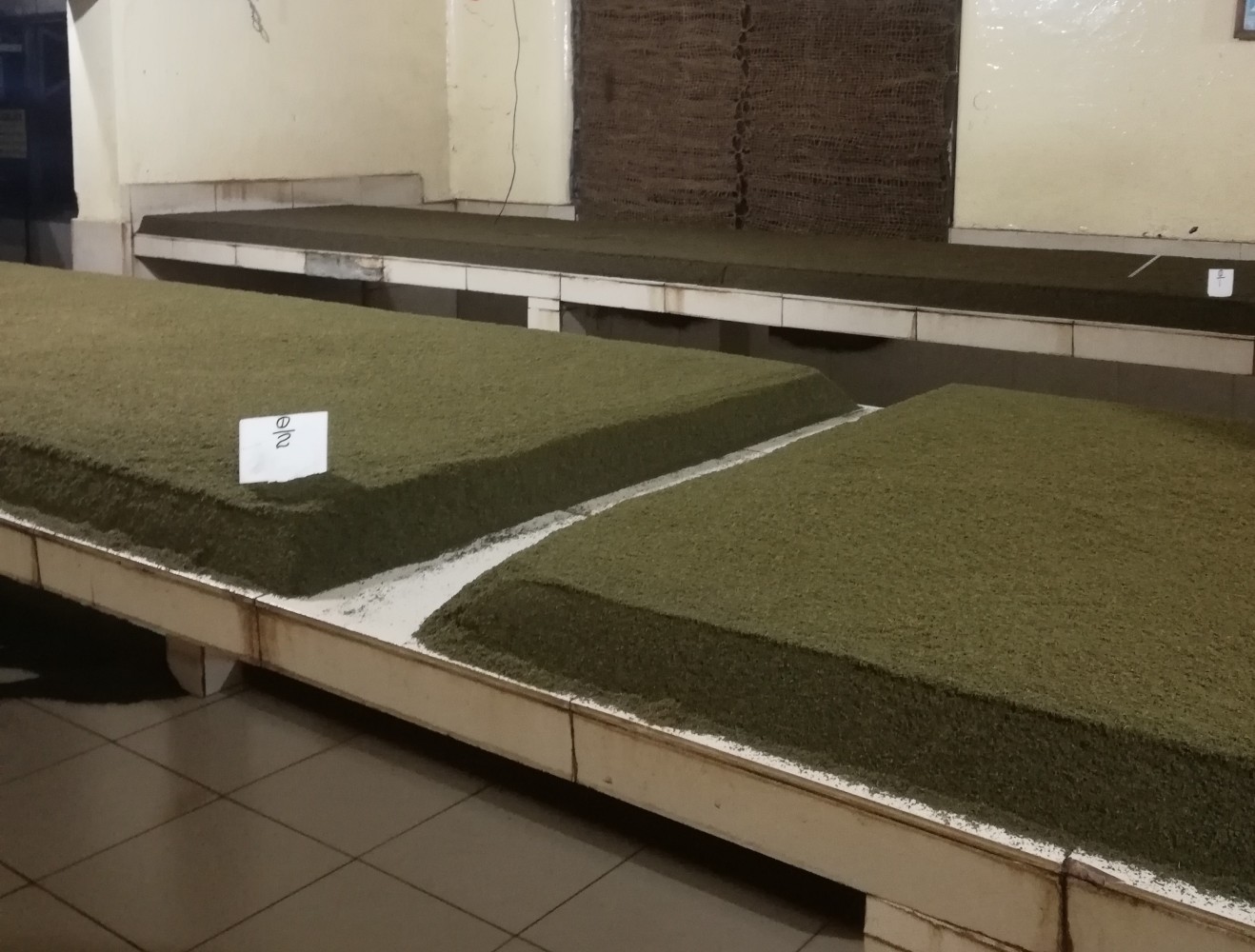
Due to its significance in influencing the quality of tea, the tea fermentation process is drawing the most attention from researchers, as evidenced by the fact that many of the ideas are an ensemble of machine learning and image processing methodologies. The monitoring of temperature and humidity during the manufacturing of tea is currently gaining popularity thanks to the Internet of Things. However, the majority of the suggestions are computer models that haven't been examined under actual conditions of tea fermentation. Deep learning is also becoming more popular in monitoring tea processing than traditional machine learning classifiers due to its intelligence and ability to use transfer learning to address problems across different domains.
Written by Sinthuja Thavayogarajah
Other Blogs

2024-04-19
Cultivating Tomorrow: Nurturing Agribusiness Innovation for Sustainable Growth
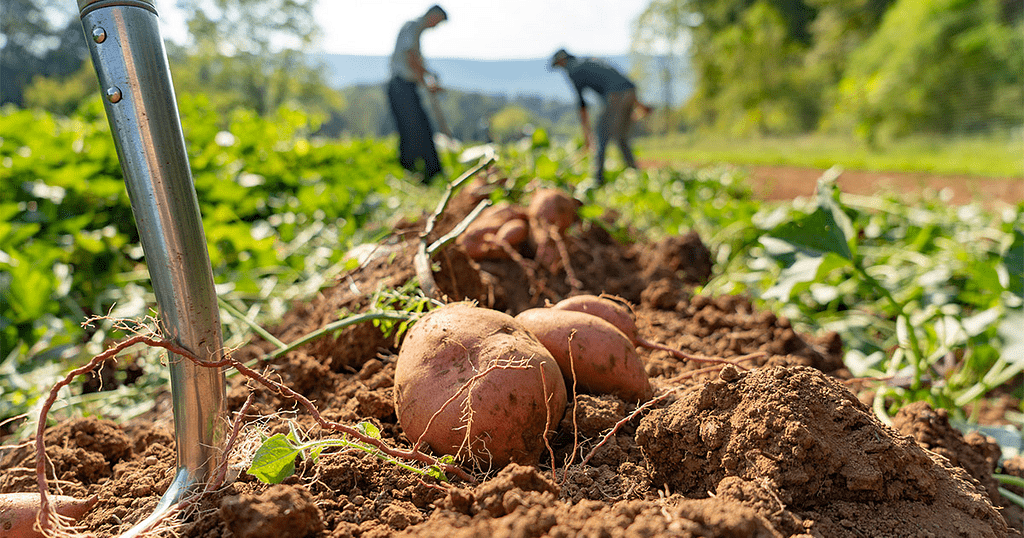
2022-08-06
Promoting Digital Agriculture Technologies among rural farmers in Ecuador
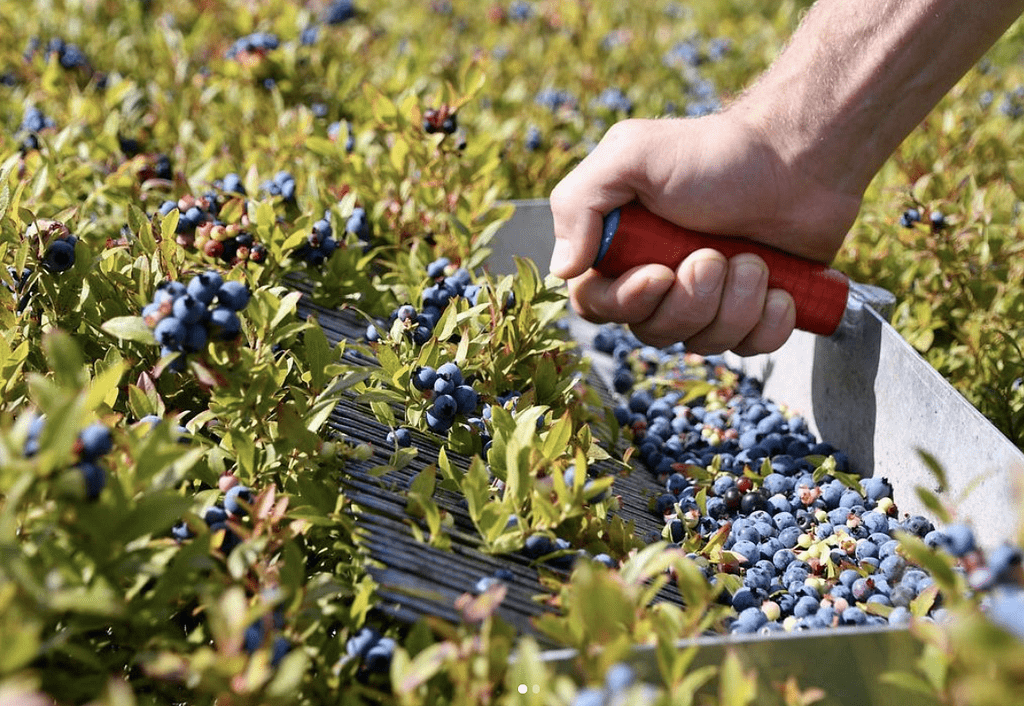
2022-08-06
SenzAgro’s Precision Agriculture Technologies in Japan Blueberry Farming
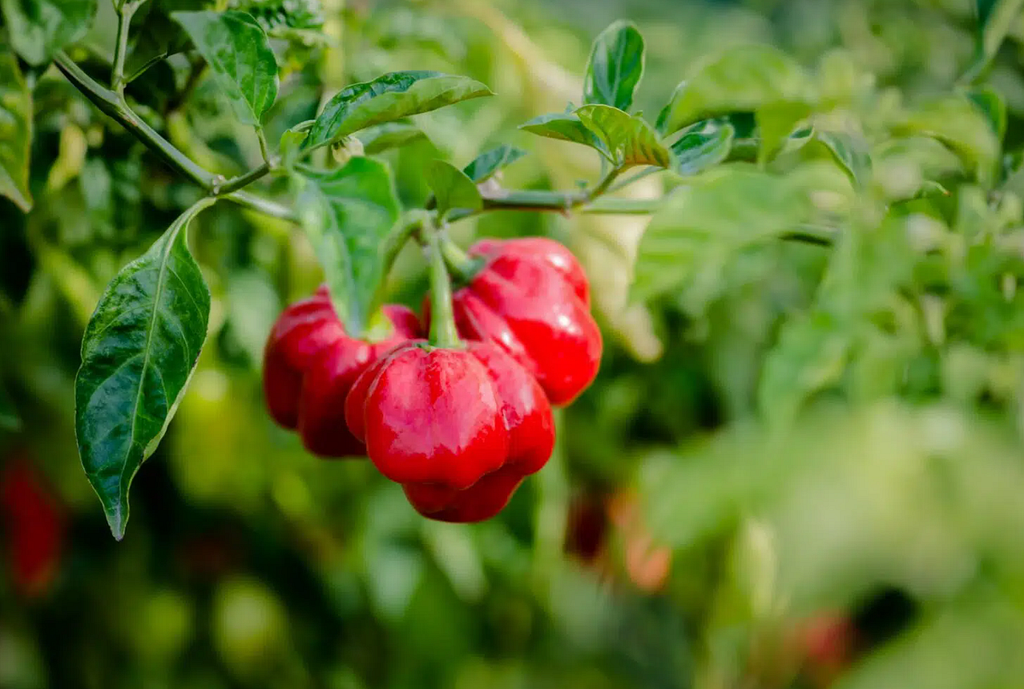
2022-08-06
Maintaining the Optimum Growing Environment for Scotch Bonnet with SenzAgro’s Technologies
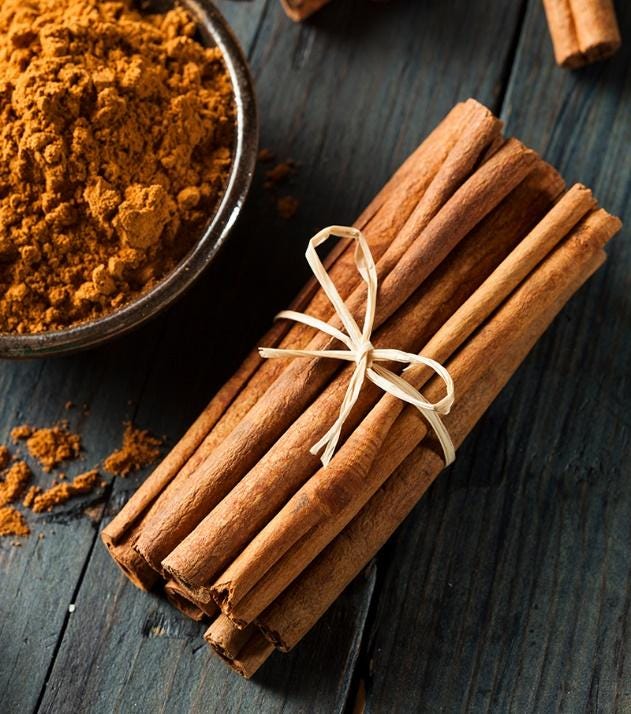
2022-08-06
Disease Prediction in Cinnamon Cultivation with SenzAgro’s Agricore Intelligence Platform
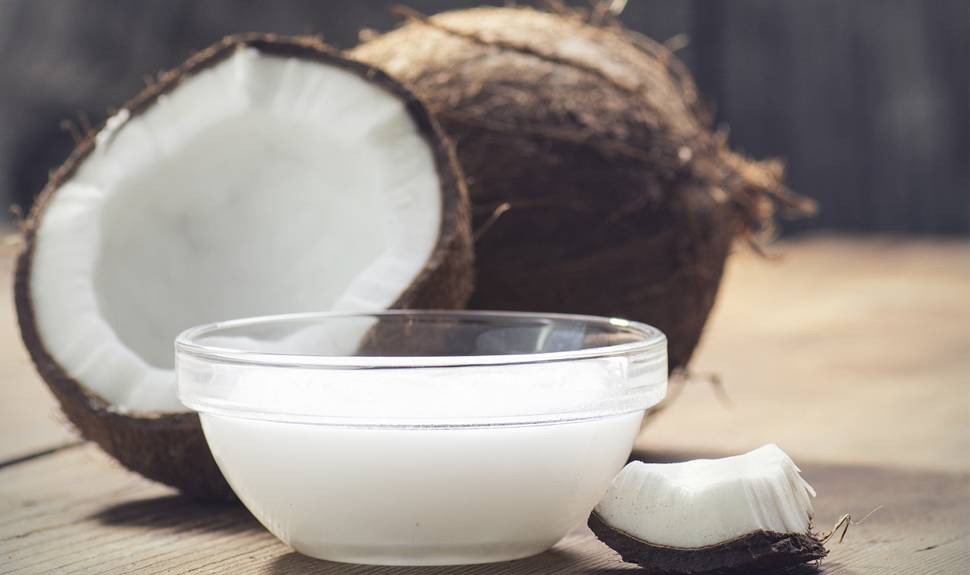
2023-08-07
Importance of Irrigation management in the production of coconuts and toddies

2023-08-07
Utilize IoT technologies to enhance the tea manufacturing process' quality
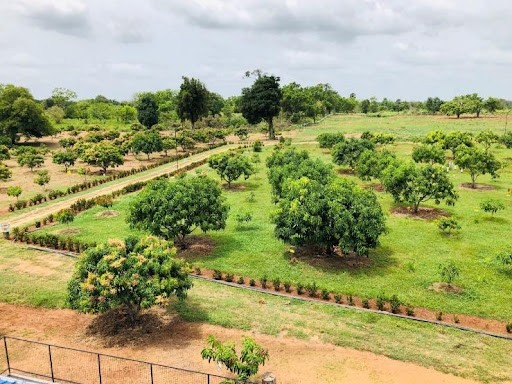
2023-08-07
SenzAgro-Case Study will help you increase your mango yield
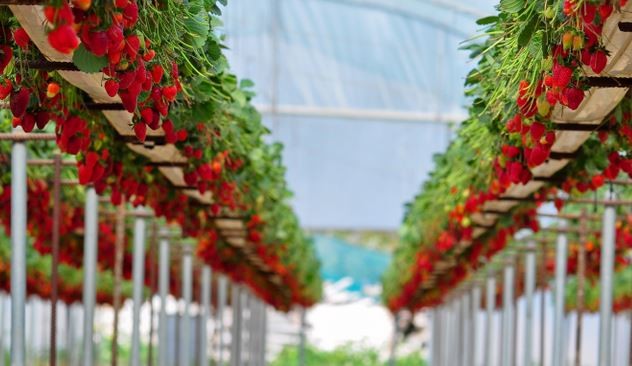
2023-08-07
SenzAgro Technology's Strawberry Cultivation Case Study Might Help You Get Started
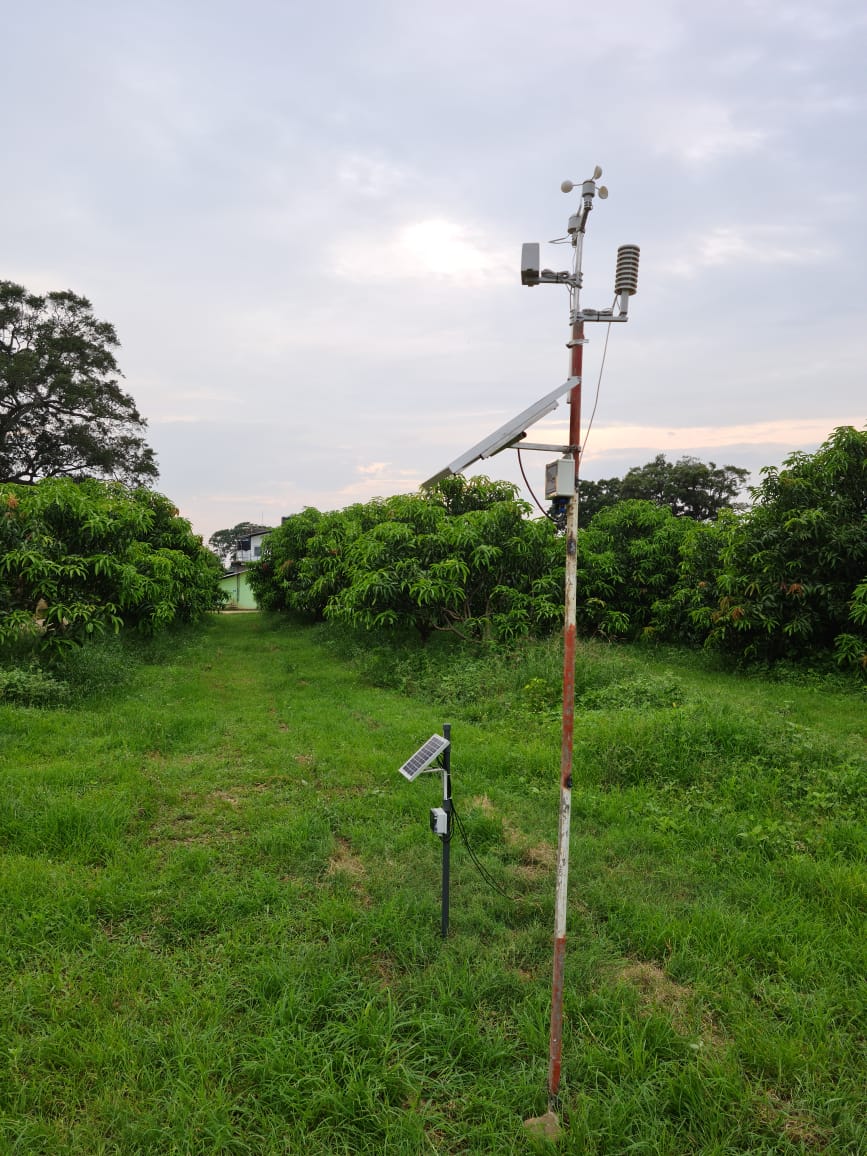
2023-08-07
Does changing weather pose a threat to agriculture? NO LONGER!
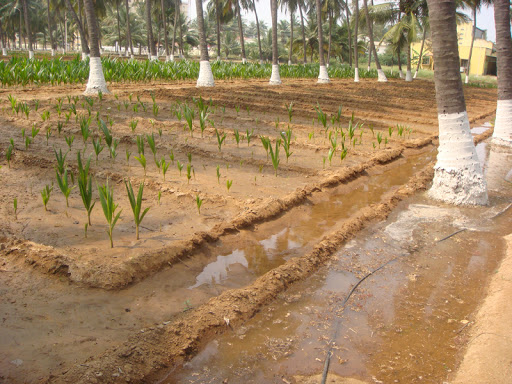
2023-08-07
Techniques for smart farming and automated irrigation to improve coconut/palm cultivation.
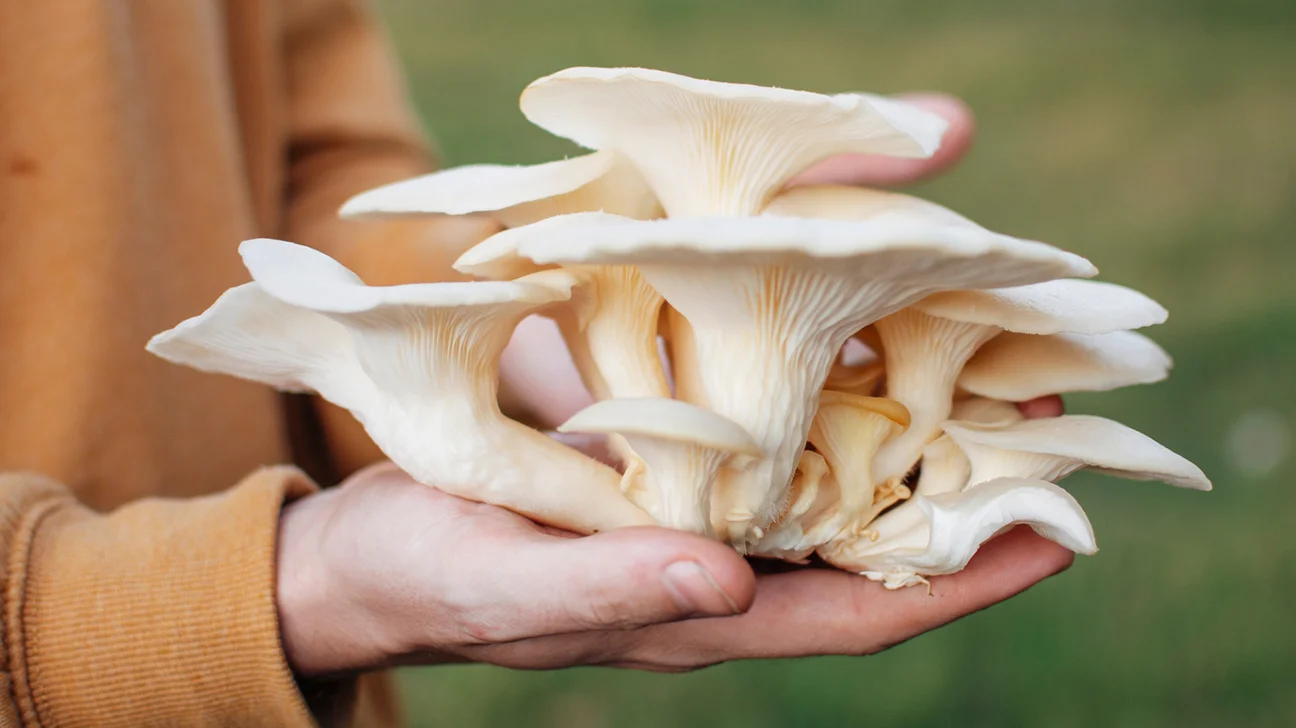
2023-08-07
Technology for oyster mushroom agriculture to get the best yield.

2023-08-07
